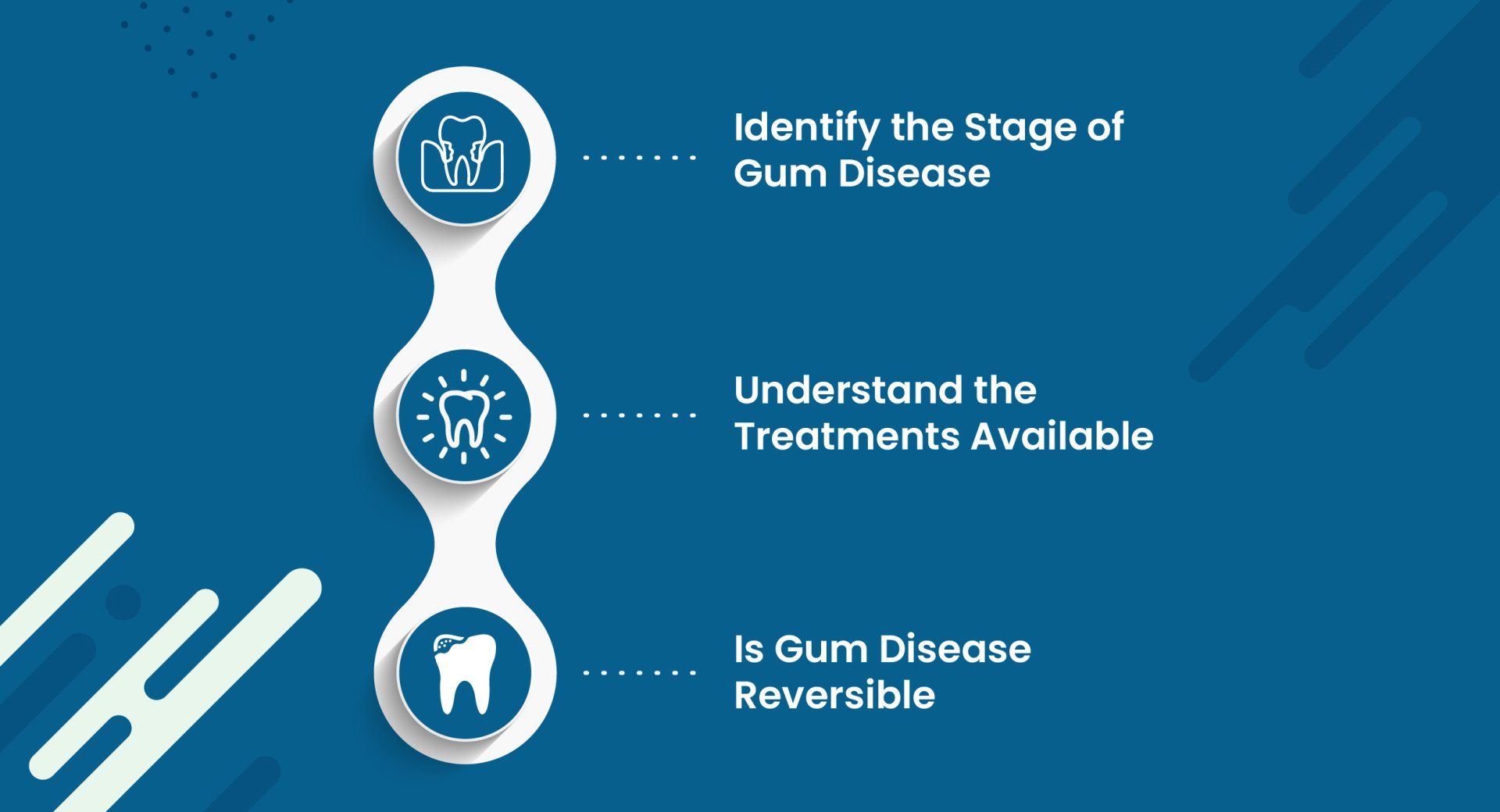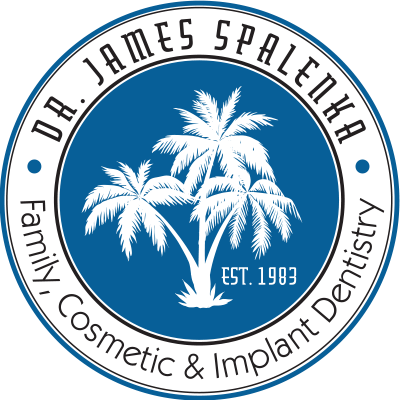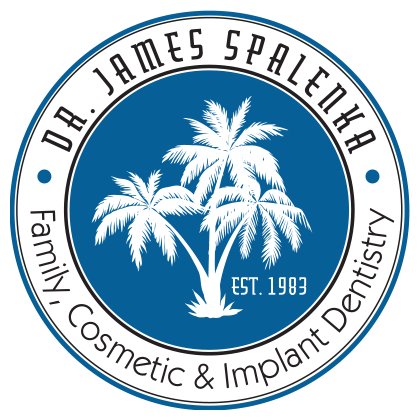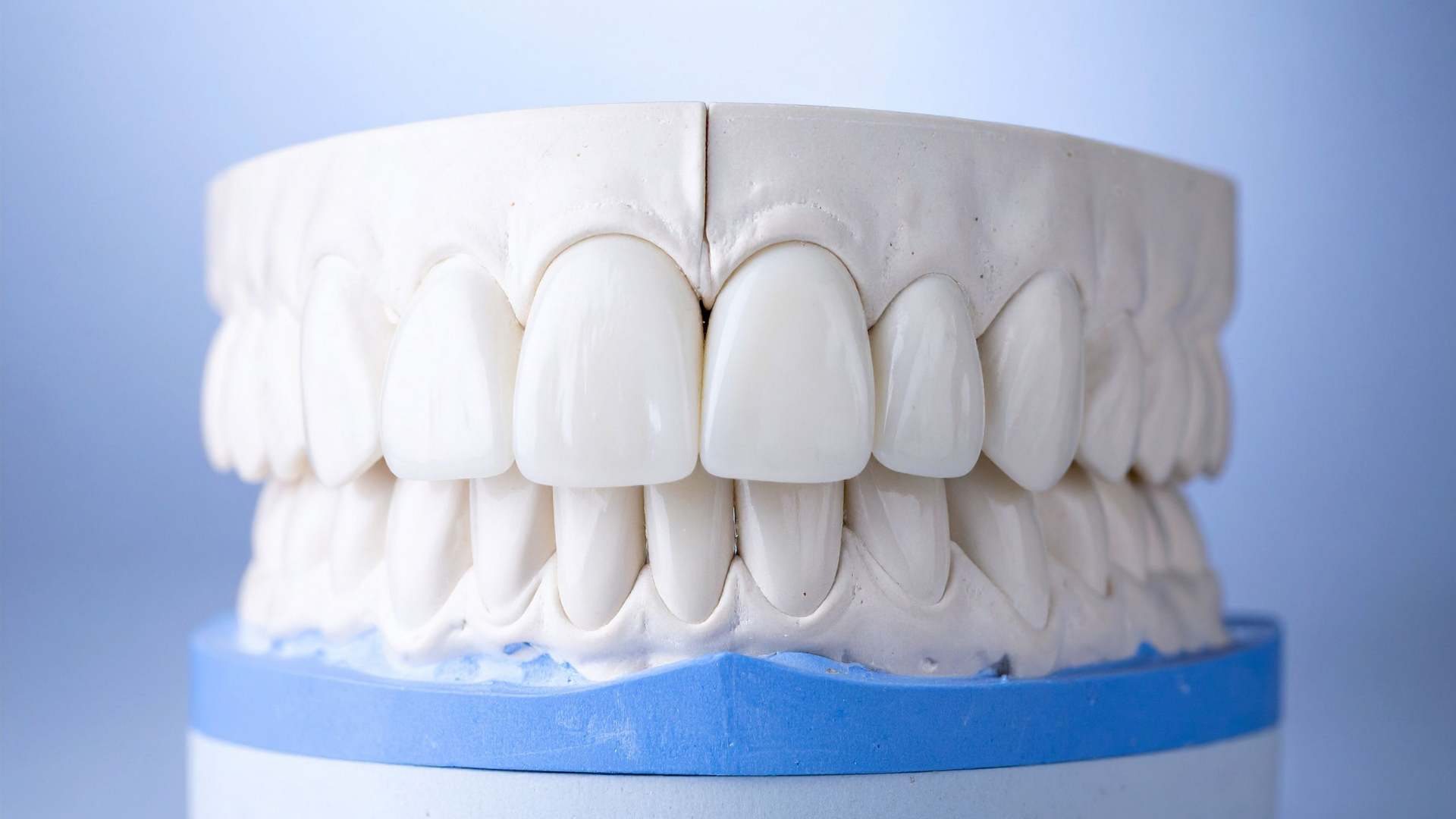What You Need to Know Before Choosing Gum Disease Treatment
March 16, 2022
Gum disease is a common problem that can affect people of all ages. It is important to seek treatment for gum disease if you experience any of the following symptoms: red, swollen, or bleeding gums; persistent bad breath; receding gums; tooth sensitivity. Treatment for gum disease may include a combination of antibiotics, scaling and root planing, and laser therapy. It is vital to consult with your dentist before choosing a treatment plan to ensure that you receive the best possible care.
This article will shed some light on the things that you ought to know if you have gum disease. Without further ado, let's get into it.
Your mouth is a haven for germs, and when these bacteria overpopulate, they can cause gum disease. Gum disease is a serious infection that can lead to tooth loss and other health problems if left untreated.
There are three different types or rather stages of gum disease:
• Gingivitis • Periodontitis • Advanced periodontitis
Each type of gum disease has its own set of symptoms for you to identify it.
The different stages of gum disease can be identified by their symptoms. There may be mild swelling or redness of the gums in the early stages, and they may easily bleed when brushed. As the disease progresses, the gums may recede from the teeth, and pockets of infection may form between the teeth and gums. In severe cases, the teeth may become loose and eventually fall out.
There are two types of treatments for gum disease — Invasive and Non-invasive. Invasive treatments require surgery and include procedures such as flap surgery and crown lengthening. Non-invasive treatments, on the other hand, do not require surgery and include procedures such as laser therapy and ozone therapy.
Both invasive and non-invasive treatments can effectively treat gum disease, but the type of treatment that is best for you will depend on the severity of your condition.
For example, flap surgery is used to advanced gum disease treatment . In flap surgery, the surgeon makes a small cut in the gum and then lifts the flap of gum tissue up and away from the tooth. This allows the surgeon to better view the tooth and the surrounding gums to remove any infected tissue or harmful elements such as tartar.
Whereas non-surgical treatments, such as scaling and root-planning, involve the removal of plaque and tartar from teeth and their roots, respectively. This helps reduce the risk of gum disease progressing and also improves the overall health of the gums.
This article will shed some light on the things that you ought to know if you have gum disease. Without further ado, let's get into it.
1) Identify the Stage of Gum Disease
Your mouth is a haven for germs, and when these bacteria overpopulate, they can cause gum disease. Gum disease is a serious infection that can lead to tooth loss and other health problems if left untreated.
There are three different types or rather stages of gum disease:
• Gingivitis • Periodontitis • Advanced periodontitis
Each type of gum disease has its own set of symptoms for you to identify it.
The different stages of gum disease can be identified by their symptoms. There may be mild swelling or redness of the gums in the early stages, and they may easily bleed when brushed. As the disease progresses, the gums may recede from the teeth, and pockets of infection may form between the teeth and gums. In severe cases, the teeth may become loose and eventually fall out.
2) Understand the Treatments Available
There are two types of treatments for gum disease — Invasive and Non-invasive. Invasive treatments require surgery and include procedures such as flap surgery and crown lengthening. Non-invasive treatments, on the other hand, do not require surgery and include procedures such as laser therapy and ozone therapy.
Both invasive and non-invasive treatments can effectively treat gum disease, but the type of treatment that is best for you will depend on the severity of your condition.
For example, flap surgery is used to advanced gum disease treatment . In flap surgery, the surgeon makes a small cut in the gum and then lifts the flap of gum tissue up and away from the tooth. This allows the surgeon to better view the tooth and the surrounding gums to remove any infected tissue or harmful elements such as tartar.
Whereas non-surgical treatments, such as scaling and root-planning, involve the removal of plaque and tartar from teeth and their roots, respectively. This helps reduce the risk of gum disease progressing and also improves the overall health of the gums.

3) Is Gum Disease Reversible
In the early stage, gum disease is reversible. However, if left untreated, it can become a chronic condition that is difficult to treat. Treatment typically involves a combination of professional cleaning and at-home care. If you have gum disease, it is important to seek treatment from a qualified dentist in San Diego as soon as possible to prevent more serious problems.
The first step to reversing gum disease is identifying and treating the cause of the inflammation. This may include modifying your diet, quitting smoking, or taking antibiotics. Once the cause has been treated, you will need to regularly practice good oral hygiene by brushing and flossing. If the inflammation is severe, you may need to see a dentist for deep cleaning.
Below are some tips that may help reversing gum disease:
• Coconut oil pulling is an ancient ayurvedic practice that improves oral health by drawing out toxins and bacteria from the mouth. The remedy involves swishing a tablespoon of coconut oil around in the mouth for 10-15 minutes, then spitting it out.
• Baking soda and water to brush the teeth — Brushing with baking soda and water is an effective way to treat gum disease. Baking soda helps neutralize the acids in your mouth that can cause tooth decay and gum disease. The water helps flush away bacteria and plaque from your teeth and gums.
WARNING: Baking soda may erode tooth enamel if used improperly.
• Essential oils such as tea tree oil or peppermint oil — Tea tree oil and peppermint oil are effective at treating gum disease. Tea tree oil has anti-inflammatory and antibacterial properties, while peppermint oil is a natural analgesic and antiseptic. Tea tree oil and peppermint oil can help reduce inflammation, kill bacteria, and provide pain relief when used together.
While there is no scientific evidence to support the use of any of the remedies described above, some people find that they work for them.
Some questions you may want to ask your San Diego dentist before treatment for gum disease include:
• What is the cause of my gum disease? • What is the severity of my gum disease? • What is the best kind of treatment for my situation? • What are the risks and benefits of each treatment option? • How much will each treatment cost? • How long will it take for me to recover from treatment? • What kind of follow-up care is needed after treatment? • How do I care for my teeth and gums at home to prevent the recurrence of gum disease? • What foods should I avoid to prevent gum disease? • What oral hygiene habits should I practice every day to keep my teeth and gums healthy?
• What kind of dental floss should I use to clean between my teeth?



